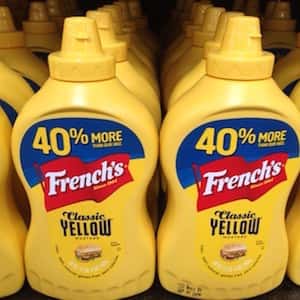
Scientists often dismiss home remedies as bogus because there is no explanation for how they might work. Doctors like drugs because the pharmaceutical companies often have plausible explanations for the “mechanism of action” and clinical trial data to demonstrate effectiveness. But perhaps it is time for doctors to start to embrace home remedies. After all, for thousands of years such treatments were all healers had.
So-called old wives’ tales rarely get tested. They depend on experience and word of mouth, which can be unreliable. But just because we don’t know how something works doesn’t mean it’s ineffective.
The New Science of Muscle Cramps:
Take muscle cramps as an example. Modern medicine has long held to the explanation that these are caused by dehydration or electrolyte (mineral) imbalances. Despite the fact that such mechanisms have been discredited by research, coaches and sports medicine professionals have clung to this concept (British Journal of Sports Medicine, June, 2009).
Strong Flavors May Be the Key!
There are currently no FDA-approved drugs to relieve muscle cramps that occur during exercise or at night. The old wives have a number of remedies to offer, all of them rather pungent. The bitter flavor of quinine, the acid of vinegar or pickle juice and the sharp taste of mustard all have been recruited for easing muscle cramps.
We have received testimonials from cyclists who carry packets of mustard in their pockets to counteract cramping on long rides. They insist that it works within minutes. Coaches use pickle juice for football players. And people who experience nighttime leg cramps often find that tonic water or yellow mustard can relieve them.
Health professionals are skeptical because 1) there has never been a good explanation and 2) the effect is so fast that it defies their understanding of physiology and pharmacology. That’s because they assume the active ingredients must be absorbed into the blood stream and exert an effect through hydration or rebalancing electrolytes. That takes a long time-much longer, at least, than the two or three minutes most people report.
Scientific Explanation for Leg Cramp Cures:
Two prominent neurobiologists, one a Nobel Prize winner, have come up with an alternate explanation for why muscles cramp. They were kayaking in the ocean miles from Cape Cod when each experienced severe muscle cramps in their forearms, making it extremely difficult to paddle. Once they made it back to land they began studying the cause and cure for cramps.
What they discovered was a game changer. Cramps are triggered by misfiring motor neurons.
The neuroscientists found that stimulating taste-sensing neurons in the mouth, throat and stomach could reverse the inappropriate motor nerve activity causing muscle cramps. They tested a number of substances and settled on a combination of cinnamon, ginger and hot pepper in a drink they are now selling as HotShot.
Because the neuroscientists have evidence and are distinguished researchers at Harvard and Rockefeller Universities, health professionals are not likely to laugh at their muscle cramp remedy. Doctors might even embrace home remedies like this now that there is actual science to support the testimonial reports.
We hope that this example opens minds to the possibility that there might be explanations for other unusual home remedies, such as soap under the bottom sheet to prevent leg cramps or Vicks VapoRub smeared on the soles of the feet to stop a persistent cough.
You can read more about such unproven approaches in our book, Quick & Handy Home Remedies, available at www.PeoplesPharmacy.com.

